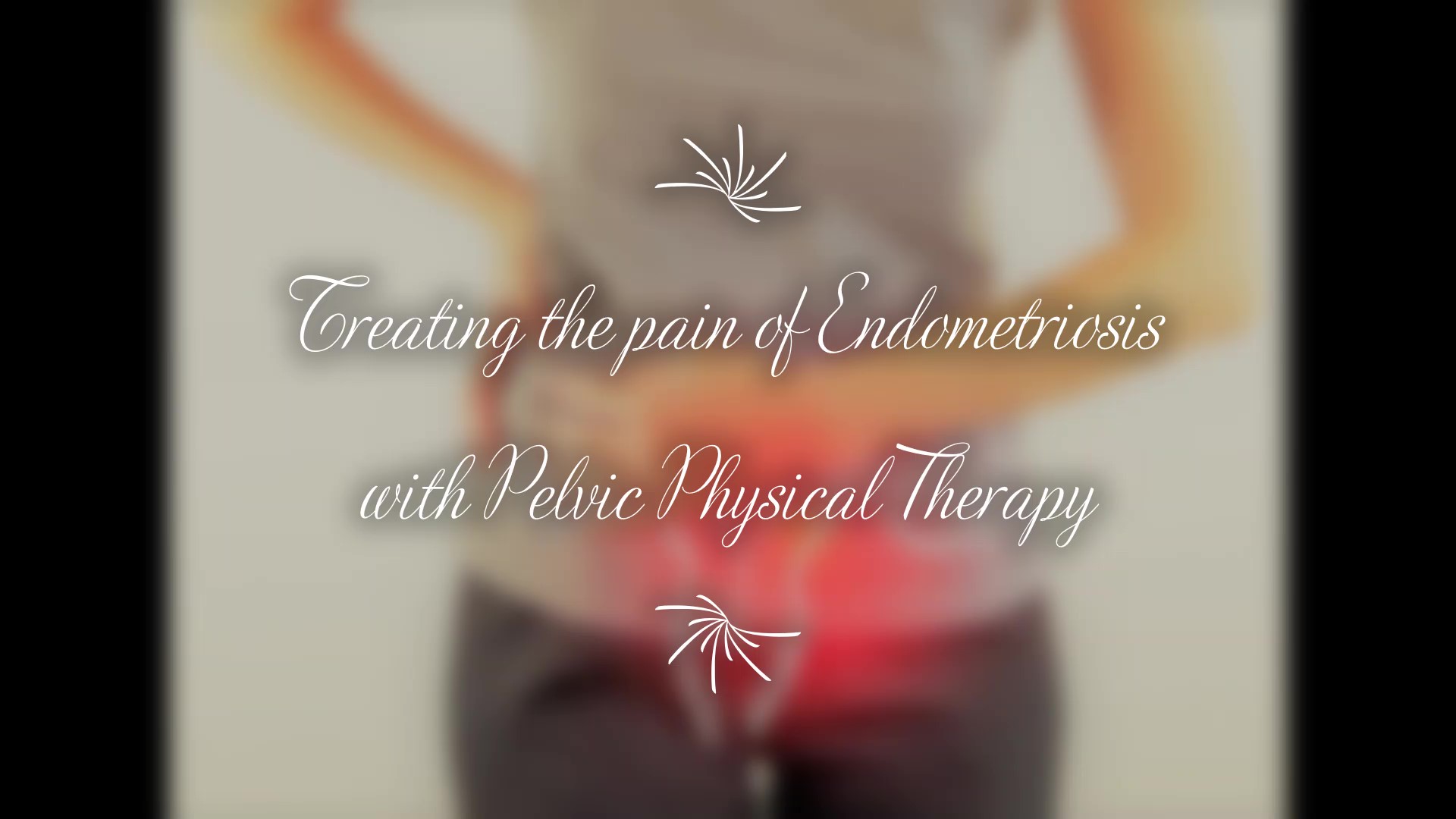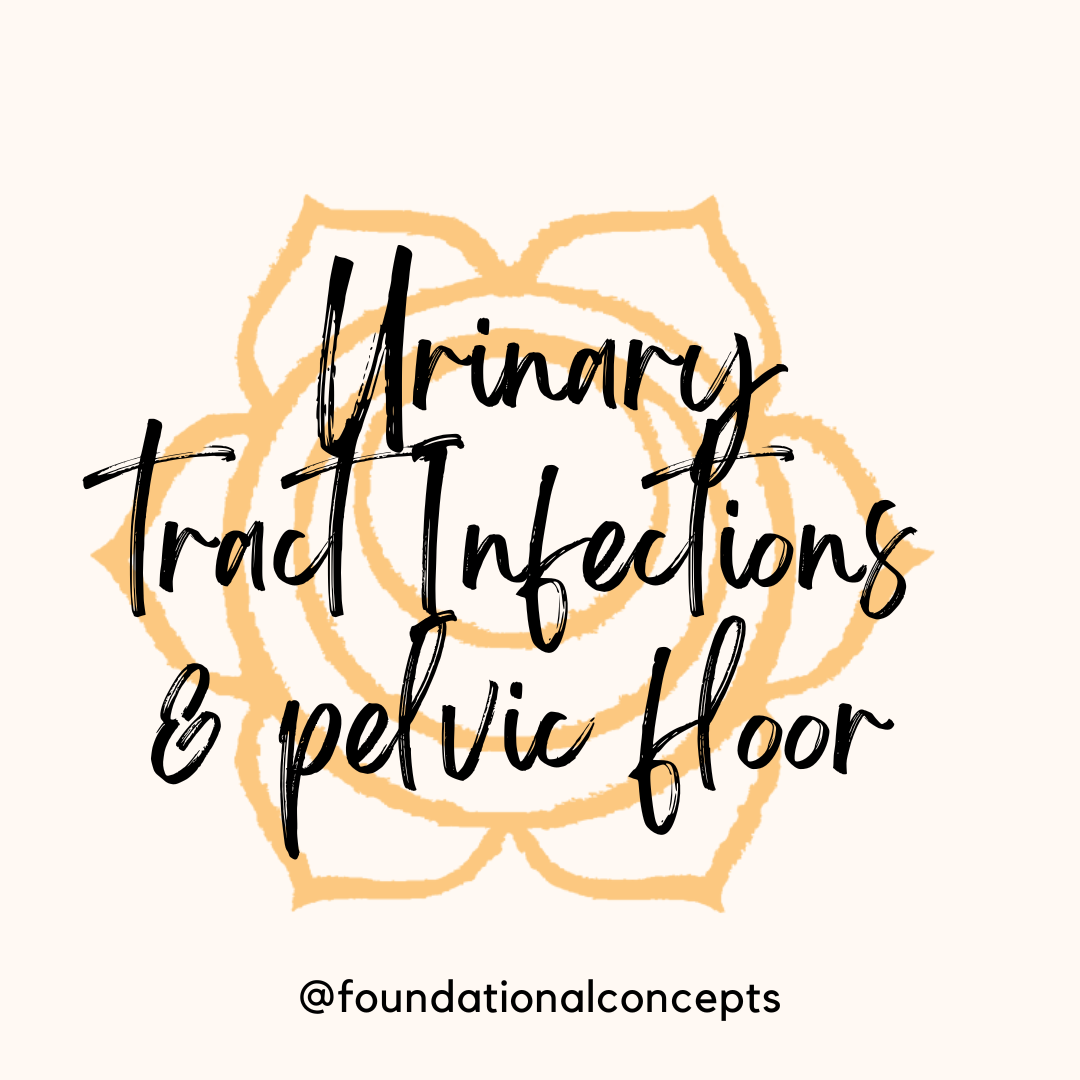In Pelvic Floor Physical therapy, as we look over our patients’ intake paperwork, one thing…

Treating the Pain of Endometriosis with Physical Therapy
Endometriosis affects more than 6 million women in the United States. It is a painful disorder in which the cells that form the endometrial lining within the uterus grow outside the uterus in the abdominal cavity. Depending on the severity, these cells can be found on fallopian tubes, ovaries, in the space between the rectum and vagina and on other organs such as the bladder and colon, and even in old surgical scars. These endometrial cells respond to our monthly cycle, just as they would if they were in the uterus where they belong. Each month the tissue builds up, breaks down, and sheds. Menstrual blood flows from the uterus and out of the body through the vagina, but the blood and tissue shed from endometrial growths has no way of leaving the body. This results in internal bleeding, breakdown of the blood and tissue from the lesions, and inflammation. This causes pain, infertility, scar tissue formation, adhesions, and bowel problems.
Some of the symptoms of endometriosis are:
- Pain before and during periods
- Pain with sex
- Infertility
- Fatigue
- Painful urination during periods
- Painful bowel movements during periods
- Other Gastrointestinal upsets such as diarrhea, constipation, nausea.
Pain in any organ of the body causes a natural response in the body of muscle guarding. It is a protective mechanism. We also produce inflammation in response to pain to attempt to heal tissues that are hurting. When the pain persists, we become stuck in a viscous cycle of inflammation and muscle guarding, which also causes pain. Muscles form new habits of constantly holding themselves in a guarded or tightened position. This causes connective tissue and fascial tightness, which causes a full on cascade of pain and tissue tightness. On top of this, the inflammation surrounding the organs causes pain and scarring, which may cause bowel and bladder dysfunction and pain. Pain in the pelvis lasting longer than 3-6 months is diagnosed as Chronic Pelvic Pain (CPP).
The pain and adhesions caused by Endometriosis often result in what is known as pelvic floor dysfunction (PFD). The pelvic floor is a group of muscles and supporting ligaments which form a sling at the base of the pelvis. They function to support the pelvic organs, allow you to go pee and poop normally, and allow for normal sexual function and aid in stability of the spine and pelvis. When they are dysfunctional, either weak or in spasm, problems that affect the urinary, genital, colorectal and neuro-muscular systems arise. Some symptoms of pelvic floor dysfunction are pain in the pelvis, urinary incontinence or painful urination, pain with bowel movements, or constipation, back or hip pain.
A pelvic floor physical therapist is educated in the musculoskeletal system and has specialty training in PFD. Physical Therapists should look at posture and alignment of the whole body – they are looking at strength and function of the entire musculoskeletal system. Because there is also a close relationship of the nervous system in any pain condition, neural tension tests should be performed. An examination of the abdominal wall and the pelvic floor will give information about the patient individually to develop the best plan of care for patients suffering from endometriosis.
If pelvic floor muscles are in spasm, vaginal internal myofascial work is done to allow these muscles to rest at a normal length. Often abdominal wall muscles and fascia are tight and restricted and manual therapy to help restore normal mobility of these tissues is important. Because of the tissue restrictions, and adhesions in the abdominal cavity, women often find visceral work to be helpful for endometriosis pain. Visceral work entails the therapist manually manipulating the abdominal organs affected by adhesions, typically colon, bladder, and uterus.
Physical Therapy helps most of the symptoms described by patients with endometriosis. With manual work to improve tissue mobility, pelvic floor physical therapy is able to improve circulation to these areas. With improved tissue mobility, muscles and nerves are better able to function, which provides improved posture and daily movement patterns which reduces pain and wear on tissues. Most women with endometriosis have had multiple surgeries and scar tissue mobilization helps to restore elasticity to the scar and surrounding tissues.
Women with endometriosis also need good general diet and exercise recommendations. As Physical Therapists this is part of our scope of practice, to educate and address the whole person. Adding a cardiovascular program to the patients exercise regime is very critical in chronic pelvic pain. Educating patients regarding an anti-inflammatory diet can be important in managing endometriosis and the bowel and bladder concerns that come with it.
It is very important that women with endometriosis have a multidisciplinary approach to their management. This may include: general practitioners, gynecologists, reproductive endocrinologists, immunologists, alternative medicine providers, nutritionists/dieticians, mental health practitioners, pain management/specialists and a pelvic floor physical therapist. It is important that you ask your providers if they are knowledgeable about endometriosis, and the treatment of it. Make sure your physical therapist uses a hands on approach to treat your tissues, and assesses the pelvic floor muscles internally. You should never feel bad about asking a healthcare professional if they are skilled in treating the condition you suffer from. When you find the right team of providers, you will find your symptoms are manageable, and quality of life can and will improve.
–Sarah Dominguez, PT, MSPT, CLT, WCS
This blog is here for your help. It is the opinion of a Licensed Physical Therapist. If you experience the symptoms addressed you should seek the help of a medical professional who can diagnose and develop a treatment plan that is individualized for you. If you enjoyed this blog, check out our website at www.foundationalconcepts.com for more blog entries and to learn more about our specialty PT practice, Foundational Concepts. Follow us on tiktok @thepelvicchronicles, and instagram @thepelvicchronicles and like us on Facebook/Foundational Concepts for updates.




